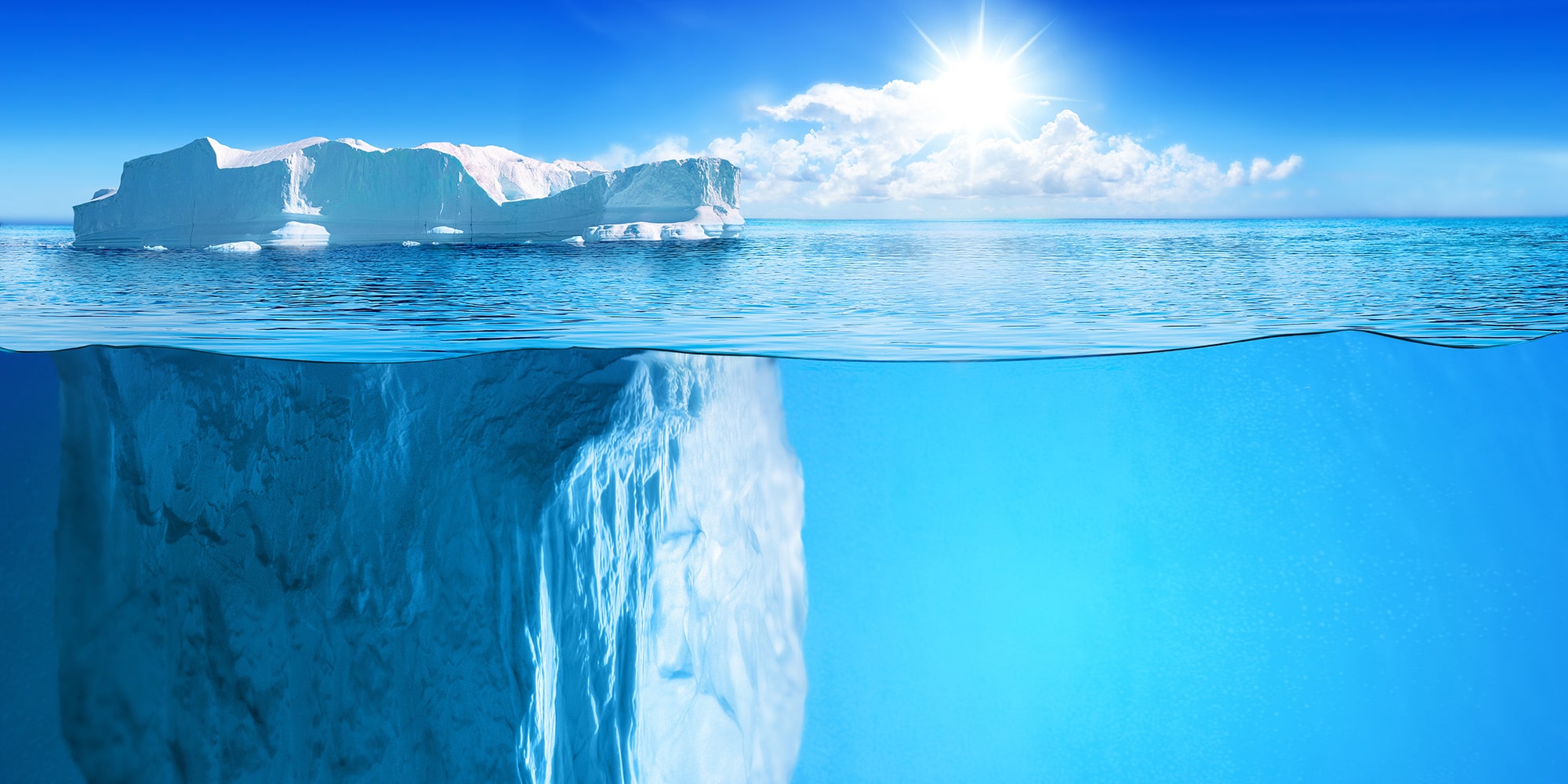
Exploration of the unconscious – 1
Analysis in psychosynthesis
“We have recognised that in order really to know ourselves it is not enough to make an inventory of the elements that form our conscious being. An extensive exploration of the vast regions of our unconscious must also be undertaken.”
Assagioli, 1965, (p. 21)
Two key considerations should be highlighted in the way Psychosynthesis approaches the exploration of the unconscious:
- the analysis should be fractional, e. carried out at intervals, both in the broader context of the whole psychosynthesis process, and during individual sessions (only part of the session should be dedicated to the analysis of the unconscious);
- the analysis must be integral: this does not at all mean that the personality must be analysed completely and totally in a quantitative sense. The analysis of the unconscious is conducted exclusively in function of the therapeutic aims that are being pursued. Furthermore, such analysis, and this was a very important point for Assagioli (cit. in Caldironi, 2004, p. 70), should only be carried out when there is a block, a difficulty. Therefore, when we speak of “integral” analysis we are referring to the inclusive quality of this exploration which encompasses all aspects of the psyche: consciousness as well as all three levels of the unconscious (lower, middle and higher).
In his reflections on this subject, Assagioli noted that in all of us there exist psychic formations that are partly conscious and partly unconscious – drawing on the metaphor of the iceberg or the lotus plant where only a small portion of the whole is visible on the surface – he wrote (Assagioli, 2022):
“We ignore the origin, the causes of many of our ideas, beliefs, moods, impulses; we see, so to speak, the product already formed. We have philosophical, religious, political conceptions; given attitudes towards others, impulses to do certain things. We are aware of this; but their true causes elude us, they have roots in the depths of our being. This is enough to demonstrate the practical, vital importance of the study of the unconscious. If we do not want to be tossed around like puppets moved by invisible threads, if we want to be aware of how and why we think and act in certain ways, we must engage in a deep, courageous examination of this dark region within us.”
Assagioli thought that, first of all, it was necessary to “penetrate courageously into the pit of our lower unconscious in order to discover the dark forces that ensnare and menace us; the “phantasms”, the ancestral and childish images that obsess or silently dominate us, the fears that paralyse us, the conflicts that waste our energies” (Assagioli, 1965, p. 21).
But, in psychosynthesis, we do not limit ourselves to investigating the depths of the psyche, the lower unconscious, the suffering parts of the individual. As said, analysis in Psychosynthesis has a more integral character and includes also the exploration of the healthy and finer parts of the person, the recognition of the transpersonal aspects of the human soul. Thanks to this exploration “one discovers the deepest and truest vocations, the higher elements of the psyche striving to manifest and which, not infrequently, are rejected out of misunderstanding, preconceptions or fear.”
“There is in each of us a quantity of unspoken higher (superconscious) elements that are ready to blossom in joy and beauty. This is the luminous aspect contrasted with the shadow of the lower unconscious. Those elements must not only be found, recognised and affirmed, but helped to develop and manifest themselves for our own good and that of others” (Assagioli, 2022).
For more:
- The Way of Psychosynthesis, Synthesis Insights (Part 2, Ch. 2) – Buy now
- Know, Love, Transform yourself (Vol. I), Psychosynthesis books (pp. 155-164) – Buy now
- Know, Love, Transform yourself (Vol. II) – Buy now
